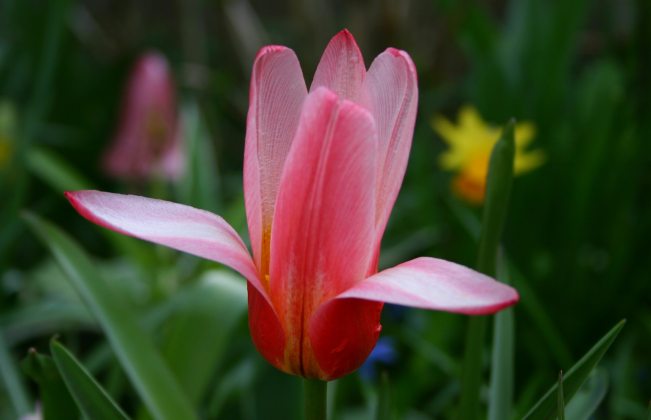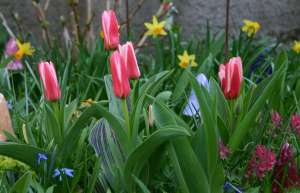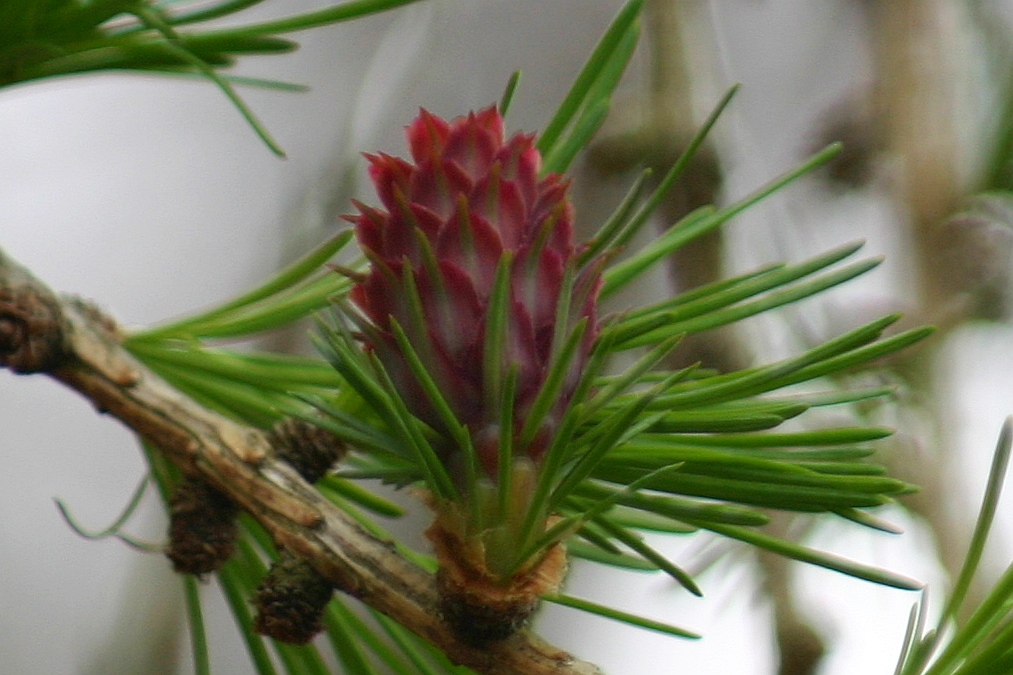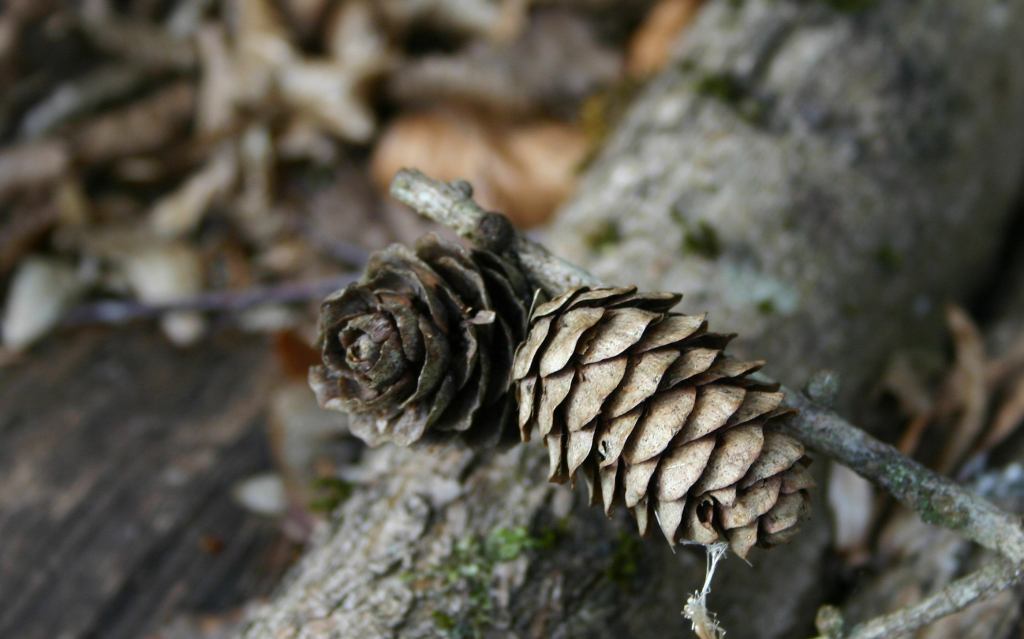Early and Mid-Spring Tulips
Throughout March and April an array of tulips have brought my garden alive. I have always had a few, but last autumn I went to town and planted a whole box of them!
The first ones in mid-March were these vivid orange Tulip kaufmanniana “Early Harvest”…
What I loved about these was how they just couldn’t wait to flower even when the stem was still so short. The stem slowly got longer and the flowers still looked great three weeks later!
~~~
The next one was a solitary botanical tulip, Tulipa Clusiana “Cynthia”, which has been around for some years. The rest of them must have succumbed to squirrels!
~~~
Early April brought on these pretty lemon yellow ones – Tulipa fosteriana ‘Sweetheart’. Very robust and long-lasting, they have been through a very cold, damp spell and now intense sun, and are only just beginning to go over. Note the way the fresh yellow fades in streaks to cream. Beautiful!
~~~
Mid-April this beauty appeared – the centre looks violet here, but is in fact almost blue – Tulipa humilis var pulchella ‘Albocoerulea’…
~~~
Then this one – Tulipa “Heart’s Delight” – and it really does delight the heart! The combination of yellow and pink reminds me of sunsets…
~~~
This one has been my favourite so far. Tulipa “Purple Dream” has really added some panache to the garden with its gorgeous depth of colour – and its shape…
Opening up here to worship the spring sunshine…
~~~
Tulipa “Prinzess Irene”…
~~~
Here are some of those whose names have been forgotten… the mystery tulips!
~~~
This delicious creamy tulip opened just two days ago, and is a kaufmanniana again…
~~~
Finally another botanical one – Tulip Orphanidea Flava…
This is an excellent way of keeping a record of all the names, as I am always forgetting which is which!
I hope there will be a few more to post in May.
Thanks for stopping by!




































